SUMMARY
This is AI generated summarization, which may have errors. For context, always refer to the full article.
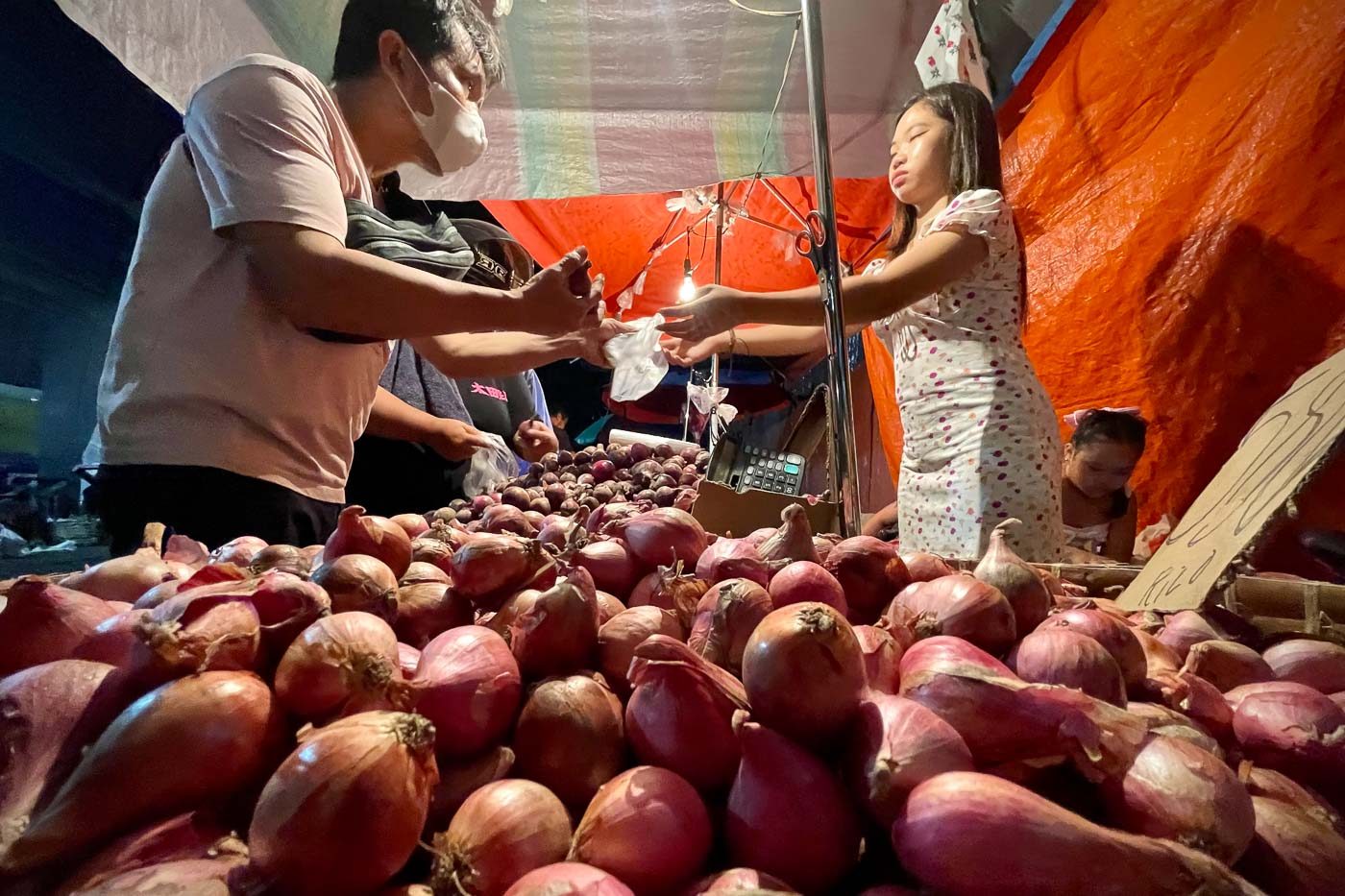
MANILA, Philippines – Onion prices are on the rise again just months after they skyrocketed to seven times the world average – and the government isn’t quite sure why.
As of Tuesday, May 16, prices of local red and white onions have reached as high as P200 per kilogram in several markets around Metro Manila, according to price monitoring data from the Department of Agriculture (DA). Prices have jumped 67% since the start of April, when a kilo of white onions sold for about P90 at the market.
The difference is even more stark when compared to the same period last year. A kilo of local white onions in May 2022 only went for about P75 – meaning that prices have more than doubled from a year ago.
Why? That’s something that the DA is still trying to figure out.
“‘Yun din pong tinitignan din po natin na at P200, eh base po sa ating cost structure, mataas na po ‘yan, kaya ‘yung SRP (suggested retail price) na ating pinag-uusapan, at saka ‘yung inflow at outflow ng ating mga sibuyas sa cold storage ay titignan din po natin,” said Agriculture Assistant Secretary Kristine Evangelista in a Tuesday interview on One Balita Pilipinas.
(We’re looking at the P200 figure, and based on the cost structure, that’s already high, which is why we’re examining the SRP, as well as the inflow and outflow of onions in cold storage.)
According to Evangelista, the P200 price is a “cause of concern,” given that the stock of onions in the country is more than enough.
“Ngayon po ay Mayo pa lang, so napakarami. May harvest tayo noong March and April. Enough naman ang ating supply,” Evangelista said.
(It’s just May, so we have plenty of supply. We just had harvests in March and April. We have enough supply.)
According to data from the Department of Trade and Industry, the supply of yellow onions in the country should last until September, while red onions can stretch into November. Farmers’ group Samahang Industriya ng Agrikultura (SINAG) estimated that the stocks of white onions should be good until July or August.
It seems then that the recent rise in prices isn’t coming from a shortage like it did in late 2022. In fact, farmgate prices only ranged from P50 to P80 per kilo during peak harvest season, according to Jayson Cainglet, executive director of SINAG.
Cainglet said that based on the cost structure of onions, the retail price should be the farmgate price plus around P70 to P90, which means that onions should just sell for around P140 to P170 per kilo in the markets.
“At no point must retail prices exceed P200 per kilo, even when all local stocks are consumed,” Cainglet said. “It is inexcusable if we will have a repeat of the artificial storage of red onions and apparent hoarding that resulted in the spike of onion prices late last year up to early this year.”
And just like what happened early this year, farmers aren’t exactly benefiting from the surge in prices either.
“Wala na sa kamay ng farmers ang harvest. Nasa traders and cold storage owners na ang stocks,” Cainglet said, highlighting that only Occidental Mindoro and a few areas in Nueva Ecija and Pangasinan have yet to harvest their onions.
(The harvest is out of farmers’ hands. Traders and cold storage owners have the stocks.)
“Traders ang dapat tanungin bakit ang taas ng retail when farmgate was only P50 to P80 at peak harvest,” Cainglet told Rappler. “Nagsusubok sila kung makakalusot ulit in the absence of any intervention from BPI (Bureau of Plant Industry).”
(You should ask the traders why the retail price is so high when farmgate was only P50 to P80 during the peak harvest period. They’re testing whether they can get away with it in the absence of any intervention from the BPI.)
Although the DA has yet to release an updated SRP for onions, the assistant secretary estimated that it could be around P150, significantly lower than the P200 market price.
This isn’t the first time that market prices of onions surged past the government’s SRP.
In late December 2022, the market price of onions hit P700 per kilo in Manila. Dwindling supply of onions, along with the government’s hesitation to import when needed, allowed traders to make astronomical profits off onions that they bought earlier in the year for as low as P20 per kilo.
Time to import?
In response, the government is now eyeing the importation of more onions to augment the country’s supply.
“Kailangan po tayong mag-augment ng supply dahil ayaw natin makarating doon sa punto na wala na po talaga tayong yellow onions bago po tayo mag-import,” the DA assistant secretary said, adding that the department was studying the timing of importation.
(We have to augment our supply because we don’t want to reach the point where we really don’t have any yellow onions before we import.)
Importation has been a divisive strategy that has hurt farmers in the past. Late imports – especially when they coincide with the start of the harvest season – can flood the market with supply, allowing traders to buy onions from farmers at exploitative prices. (READ: EXPLAINER: The rise in onion prices – and why late imports don’t help)
Farmers are cautioning the government against repeating the same mistake.
“Ang pag-angkat lang po kasi ng sibuyas, ang pinakiusap lang po namin sa Department of Agriculture, huwag pong sasabayan ‘yung ani ng magsasaka,” said Victor Layug, a farmer in Bongabon, Nueva Ecija, and chairman of the Onion and Vegetable Farmers Association.
(We’re just asking the Department of Agriculture not to let the importation of onions coincide with the harvest season of farmers.)
“Hindi po namin binabawal umangkat kung talagang kukulang. Tantiyahin nila kung talagang kukulangin, mga August o July, umangkat na po ‘yung gobyerno,” he said in a radio interview on Saksi sa Dobol B on Tuesday.
(We’re not saying they shouldn’t import onions if the supply really won’t be enough. They should estimate if there would really be insufficient supply, then schedule the importation around August or July.)
According to Cainglet, the BPI and the DA also lack data on where and how many onions are stored in the country, further complicating the government’s importation plans.
“This early, DA must already plan the importation of white onions, but they must have the right information regarding stocks at the cold storages and inventory of where the onion imports went,” the SINAG executive director said. “Tapos na ang anihan (Harvest season is over), but the DA, through the BPI, have neither information.”
“As early as July last year, we advised BPI to import 7,500 metric tons of white onions. Unfortunately, iba ang kanilang pinakinggan (they listened to someone else),” he added. – Rappler.com
Add a comment
How does this make you feel?
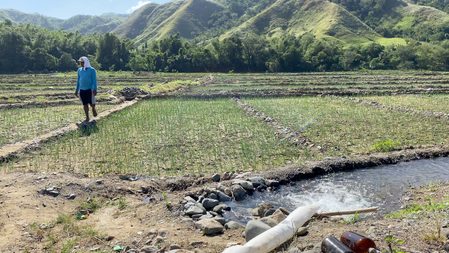
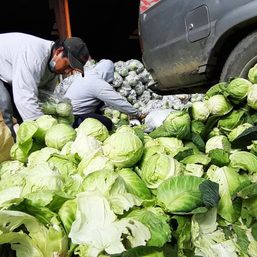
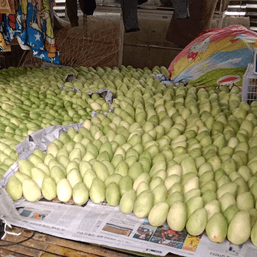
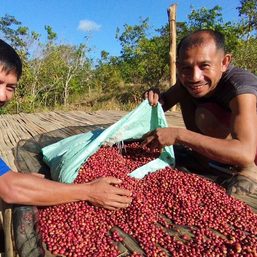
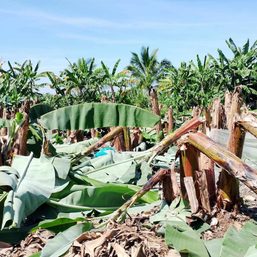

![[ANALYSIS] Investigating government’s engagement with the private sector in infrastructure](https://www.rappler.com/tachyon/2024/04/tl-gov-private-sectors-infra-04112024-1.jpg?resize=257%2C257&crop=435px%2C0px%2C1080px%2C1080px)

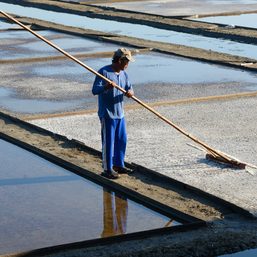
![[Rappler’s Best] The elusive big fish – and big fishers](https://www.rappler.com/tachyon/2024/04/The-elusive-big-fish-%E2%80%93-and-big-fishers.jpg?resize=257%2C257&crop=220px%2C0px%2C720px%2C720px)
There are no comments yet. Add your comment to start the conversation.